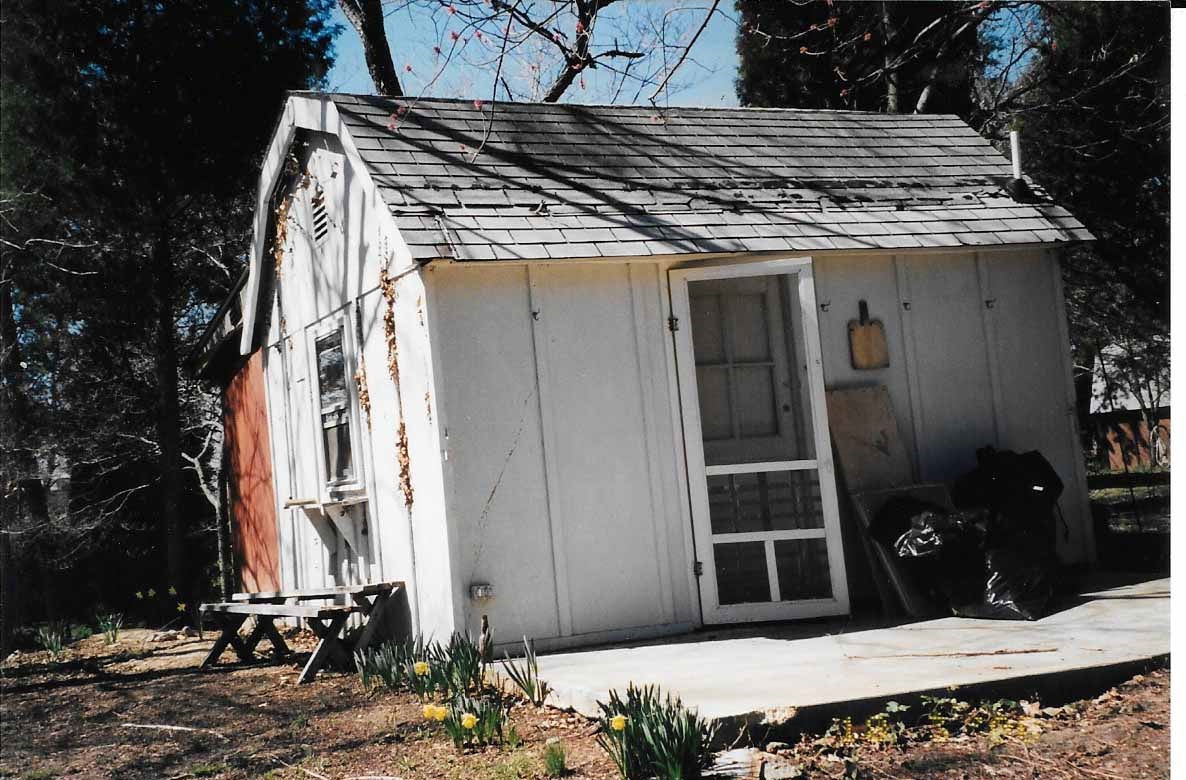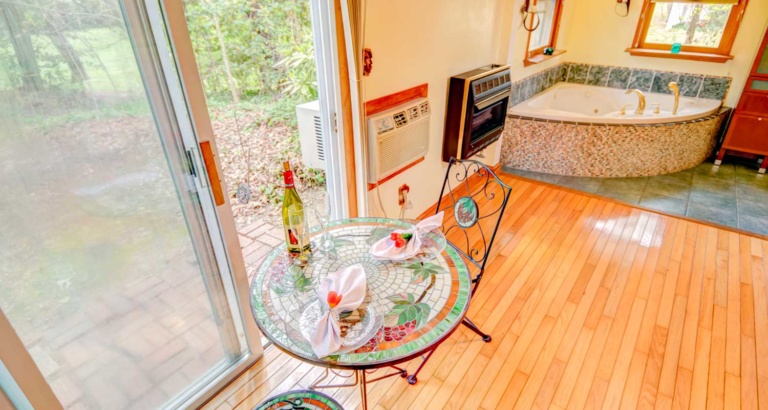I am introducing a new Tuesday blog on real estate investing. It’s something I do myself – have been since at least 1999 (although there were a few disjointed forays into it before then).
Why even bother thinking of investing in real estate?
It’s outside of anything you’ve ever thought of, right?
Jack Canfield, in his book, “The Success Principles: How to Get from Where You Are o Where You Want to Be”, says: “Most analysis reports that about 90% of millionaires become millionaires by investing in real estate.”
If you think that’s a good reason, then hang with me as I post not only the “whys” but also the “hows”. I’m not sharing secrets. There is a ton of information out on the web about investing – true, you have to separate the wheat from the chaff, and if you are diligent about reading, that will begin to happen naturally.
I’m going to share because everything I needed to get started came from a conversation with a girlfriend who had 6 houses at the time (enough to impress me!) and now has 11. She is a buy-and-hold investor which means she doesn’t buy/fix/sell like a flipper. She buys, fixes what needs fixing and then holds on to them and rents them out.
Let’s start by defining some real estate investing terms:
Buy-and-Hold: A real estate investment strategy where real property is purchased and held to rent out. “Long term rental properties are widely considered one of the best ways to diversify any real estate portfolio. The right buy and hold real estate can yield both short term gains and long term appreciation. ”
Flipping: A type of real estate investment strategy in which an investor purchases properties with the goal of reselling them for a profit. Profit is generated either through the price appreciation that occurs as a result of a hot housing market and/or from renovations and capital improvements. (Investopedia)
Wholesaling: A type of real estate investment strategy where “a party (the “wholeseller”) contracts with a home seller, markets the home to potential buyers, and then assigns the contract to one of them. The wholesaler makes a profit, which is the difference between the contracted price with the seller and the amount paid by the buyer.” (Investopedia)

In 1999, with the help of a small inheritance from my aunt, I bought an inexpensive shack on the water and fixed it up.
My husband and I, fans of the wonderfully cheesy champagne glass jacuzzis with fireplaces and round beds in the Pocono mountains of Pennsylvania, had that in mind as we renovated the place (I will write more, with pictures, later in this series). Plus, my husband could fish for blue crabs off the dock. We didn’t take into account that it was exactly 1 mile away – great for fixing it up but not so great for “getting away.” So we added a small room where a screened porch had been (the concrete slab you see in the picture above – the porch roof was in bad shape, so we just took it down) and rented it out since we weren’t using it. We financed that by taking out an equity loan on our principal house.
Fast forward about 10 years: it’s 2012 and, thanks to the real estate crash, interest rates are low and I want to refinance our home but give up because the lender just stopped talking to me. Mistake #1: don’t talk to just one lender. They’re all different. Keep going until you find one who will work with you.
I was whining to above-mentioned girlfriend and she put me in touch with her lender who had no problem refinancing my house. Then the lender refinanced this cottage for me. Mistake #2. I had no business plan and wound up refinancing it again within the year to finance buying more houses.
Pay attention and you won’t have to make my mistakes when you start your real estate investment portfolio.
Then above-mentioned girlfriend told me: once you’ve been a landlord for at least two years, lenders figure income to debt differently when looking at purchases. For instance, on your third house let’s say you make $60,000/year. Then let’s say you will have income of $12,000/year from renting that third house. Even though that is *potential* income, a lender will add it into the equation for figuring your debt ratio for a loan so your income for figuring ratios just increased by 20% to $72,000/year.
That little bit of information was the magic “open sesame” for beginning my real estate portfolio of buy and hold houses.
I announced at my next networking meeting that I was going to become a real estate mogul. I almost laughed. But my peers didn’t – and so I launched my real estate career.
If you’d like to learn where I went from there, and how, come back next Tuesday for the continuing saga of Tammy Vitale’s Real Estate Investing: Buy and Hold Strategy episode 2.



